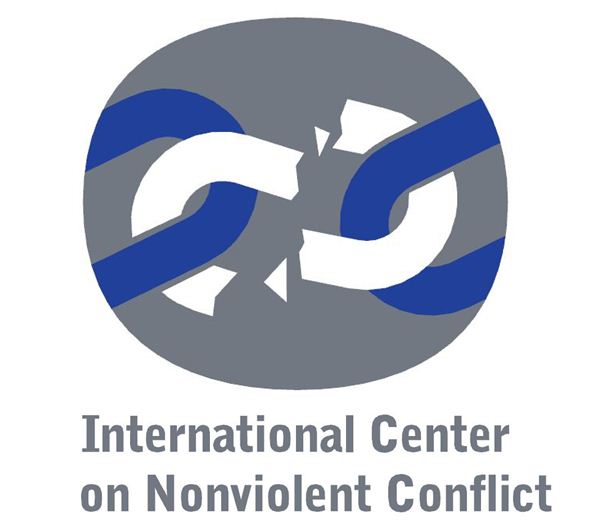India
Discusses briefly the potential for a significant movement either against new nuclear power plants, especially in the light of the US 2008 deal to assist India's civilian nuclear energy programme, or against India's nuclear weapons policy. Sarkar notes that a number of lively local protest movements had sprung up against the construction of new nuclear reactors. There are also a number of groups, backed by 'prominent citizens', opposed to India's possession of nuclear weapons. But Sarkar is sceptical about the likelihood of an effective national campaign against either the energy programme, or the nuclear weapons policy, capable of influencing the government's commitment to both.
Brief summary of key disagreements between government and Hazare camp on role and powers of proposed ombudsman.
Criticizes coercive nature of a ‘fast to the death’ and dangers of civil society activism that bypasses parliament.
The author argues that there are two stages in the process of developing an effective progressive force like the nuclear disarmament movement, whether regionally in South Asia, or globally. In the first phase a movement needs to attack and undermine the popular legitimacy that all governments seek to obtain for their policies. In the second phase, it can practically develop on a very large scale and achieve a critical mass that impacts on actual policy.
Reprinted in A Collection of Essays, New York, Harcourt, 1953.
A frequently cited critical review of many aspects of Gandhi’s philosophy and life, which nevertheless recognizes his positive contribution as a politician.
Originally published in Dissent.
Raises caveats about comparisons with Gandhi, discusses Hazare’s diagnosis and prescriptions for corruption and comments on the nature of the Hazare movement. Argues against claims that it is a pawn of the extreme right RSS and/or CIA, noting the extent of mass protests and the depth of anger about corruption.
Through detailed analysis of Gandhi's campaigns from 1915 to 1922 the author illuminates the evolution of Gandhi's thinking and strategy. Overy stresses the importance of Gandhi's constructive programme, promoting local empowerment, and its interconnectedness with resistance campaigns against imperial rule.
Covers range of environmental campaigns in different parts of the world, including Ireland, France, Israel, Japan, India and Indonesia.
Analysis of Gandhi’s concept of satyagraha, of his political leadership and and of the 1931 Salt Satyagraha and 1947 fast, as well as covering critiques by contemporaries and making comparisons with Martin Luther King and Malcolm X.
This article explores some feminist voices from India, especially one of a Dalit feminist, and two Northeastern feminists, and identifies certain views on common issues that bind them together. It also looks into the different priorities of each of these feminists, in order to understand the contexts, cultures and experiences that have shaped their primary concerns.
Includes Roy’s 2008 essay ‘Azadi: the only thing Kashmiris want’, previously published in the Guardian (London), Outlook (New Delhi), and her 2009 book Arundhati Roy, Listening to Grasshoppers: Field Notes on Democracy, London, Hamish Hamilton, 2009 , pp. 304 .
Gill discusses the Indian farmers' protests in the context of the shift towards neo-liberal global capitalism and the power of Indian agribusiness, aided by new internet platforms and data analytics.
Building on 40 years of activism and scholarship, contributors assess recent feminist issues and campaigns in India, Pakistan, Sri Lanka and Bangladesh.
The book discusses what factors encourage or undermine nonviolent discipline, including the reactions of the government and the way the movement is itself organised.
Primarily discusses the US civil rights and the British nuclear disarmament movements.
Focused particularly on the controversy over the major Narmada River dam projects, but also provides comparative perspective by considering dam projects in Brazil, China, Indonesia, South Africa and Lesotho, where the World Bank and other lenders were persuaded to withdraw funding.
Revisionary analysis of Gandhi’s 608 day campaign to secure right of untouchables to use road by a Brahmin temple, challenging claims in earlier accounts that a solution was reached because the Brahmins were ‘converted’. The author criticises both Gandhi’s belief that self-imposed suffering can convert the opponent and his leadership of this campaign.
Brings together historical and contemporary approaches to nonviolent struggle and theoretical contributions as well as analyses of particular movements. Section 1 on theory includes writings by Thoreau, Tolstoy, Gandhi and Martin Luther King. Section 2 covers 'Nonviolence as a Political Strategy' and Section 3 'Nonviolence in Contemporary Movements' including a number of contributions on important recent movements in India: environmental campaigns against the Narmada dams and to preserve forests, Gandhian campaigns after Independence and the role of Jayaprakash Narayan, and the Anna Hazare Movement against corruption. A number of eminent contemporary Indian scholars have contributed.
Useful summary analysis including brief case studies of corporate misuse of water and resistance to them (and further references): Nestle in US, Vivendi and Suez in Mexico, Bechtel in Bolivia and Coca Cola in India.
Covers women’s political rights across all major regions of the world, focusing both on women’s right to vote and women’s right to run for political office. The countries explored are Afghanistan, Armenia, Australia, Bolivia, Canada, Cameroon, Chile, China, Colombia, Cuba, Czech Republic, Finland, France, Ghana, India, Indonesia, Israel, Jordan, Kenya, Kuwait, Malaysia, Mauritius, Mexico, Mongolia, Morocco, New Zealand, Myanmar, Niger, Nigeria, Poland, Russia, Rwanda, Slovenia, Sri Lanka, Sweden, South Korea, Slovenia, Switzerland, Taiwan, Tunisia, Turkey, the United States, Uganda, Uruguay, and Zimbabwe.
Focuses on conflicts over urban space, resources and housing in Cambodia, India, Nepal, Pakistan and Sri Lanka, and includes accounts of resistance in squatter settlements, e.g. in Kathmandu.

 The online version of Vol. 1 of the bibliography was made possible due to the generous support of the
The online version of Vol. 1 of the bibliography was made possible due to the generous support of the  The online version of Vol. 2 of the bibliography was made possible due to the generous support of
The online version of Vol. 2 of the bibliography was made possible due to the generous support of